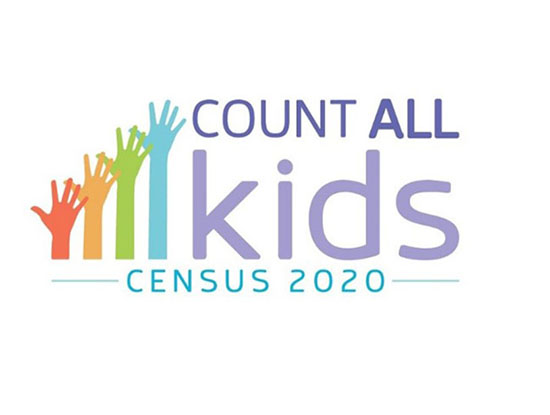2020 Census Matters for Children With Special Healthcare Needs

The count helps support key programs and services for children and families.
Every 10 years, the U.S. Census Bureau counts all people in the United States. This count determines how much federal money is available for services and programs for children, including those with special healthcare needs.
By filling out the 2020 census form, parents can help ensure their children have the resources they need.
In March, the government will send every household a letter in the mail. This letter has instructions on how to fill out the census form.
The form asks for a count of everyone living at the address as of April 1, 2020. The count should include babies, young children and children with special healthcare needs and disabilities.
During the 2010 census, nearly one million young children were not counted, according to the Association of Maternal and Child Health Programs (AMCHP).
If young children are not counted in the 2020 census, the following programs could lose funds:
- Medicaid
- Children’s Health Insurance Program
- Supplemental Nutrition Assistance Program (SNAP)
- Title I funding
- Individuals with Disabilities Education Act (IDEA) special education funding
- Head Start
- Childcare and Development Block Grants
States and communities also use census data to fund and develop programs and services for children and families.
All census responses are confidential. Your answers are not shared with anyone and are only used to count the number of people in the country.
AMCHP provides a 2020 census fact sheet for parents. (A Spanish fact sheet is also available.) It explains how the census works, how young children should be counted and confidentiality.
The U.S. Census Bureau also provides helpful resources for parents:
You can also watch the Census Bureau video below:


